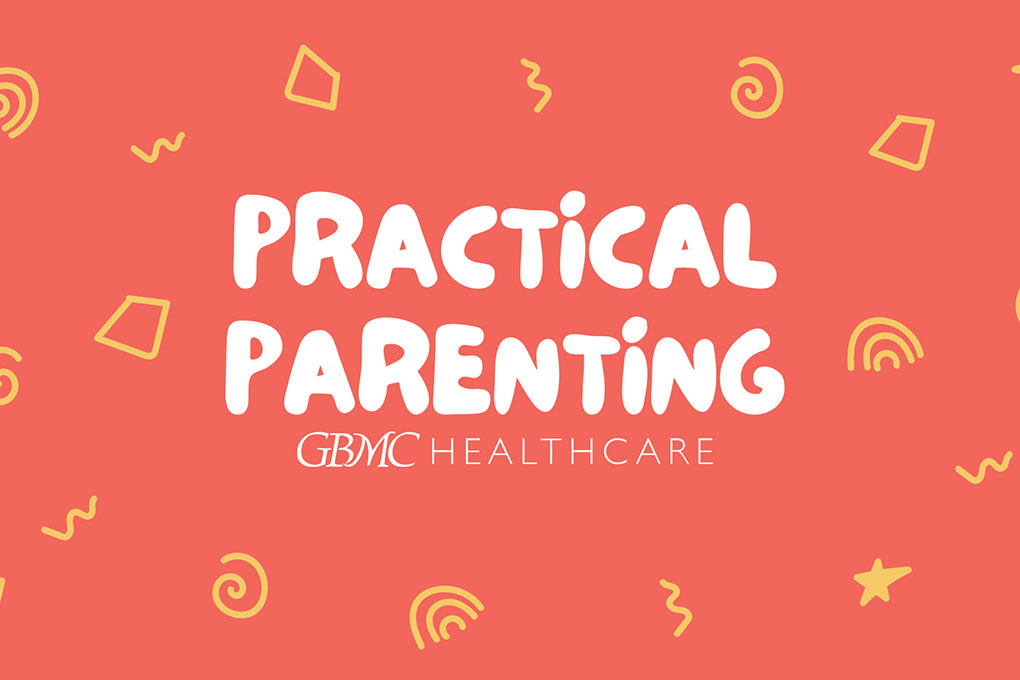Dr. Justin Slavin Discusses Neurosurgery and Pain Management
December 19, 2018
Breaking the grip of pain
According to the CDC, 50 million people in the U.S. are living with chronic pain. For 20 million of those people the pain is severe enough that it limits daily life and work activities. Dr. Justin Slavin, GBMC neurosurgeon, and Dr. Inai Mkandawire, DO, FAAPMR, a physician at KureSmart Pain Management at GBMC, discussed the wide range of options for treating and managing pain effectively with Christian Schaffer, WMAR 2 News.
“The first step is to figure out the source of the pain,” said Dr. Slavin. “For neck and back pain, unless the situation is an emergency, we work to first control the pain with non-surgical options that can range from physical therapy and modifying activities to medications. When surgery is the best treatment option, I’m an advocate for minimally invasive surgery. The goal is an easier recovery and less post-operative pain.”
Adds Dr. Mkandawire, “We treat everything under the sun, including back and joint pain, headache pain, fibromyalgia, and pain from cancers and cancer treatment like nerve pain related to chemotherapy. The key is always to find the cause of the pain and make sure there’s no serious underlying cause for it.”
With growing concern across the country about the risks of opioid pain medications, Dr. Slavin explained there is a time and place for their use. “Acute short-term pain relief, for example after someone has surgery, is when opiates can be effective,” he said. “But these medications are not the first line treatment for chronic pain.”
“If you’re concerned about a pain medicine that your doctor has prescribed or if you have dealt with addiction, don’t be embarrassed to ask your doctor questions and express your concerns frankly. We’re here to help you, not judge you,” said Dr. Mkandawire. “And keep in mind, a pill doesn’t really treat the problem. It’s a temporary measure.”
The goal of pain medicine specialists is to help patients get back to the activities they enjoy and that they need to perform on the job. “We see patients who go years living with pain and don’t see a doctor. Then once they come in and treatment is effective, they say, ‘I wish I’d done this years ago,’” added Dr. Slavin. “Pain in and of itself is not dangerous. You can live with pain, but it’s pretty miserable. If we can make your life better by getting your pain under better control, that’s a reasonable goal.”



